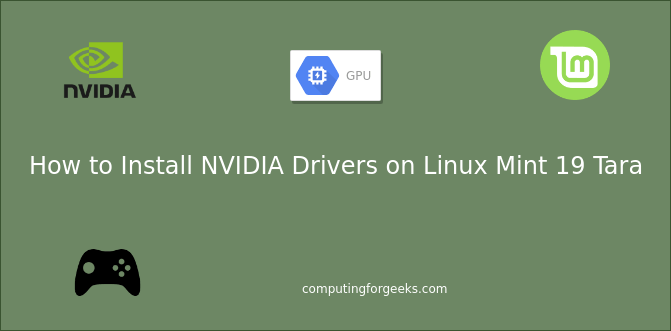

NVIDIA-Linux-x86-290.10.run to finish installing NVIDIA driver.Īnother difference, between CentOS 6 and earlier versions of CentoOS is that system-config-packages (Add/remove applications) is now called gpk-application. $ dracut -v /boot/initramfs-$(uname -r).img $(uname -r)

$ mv /boot/initramfs-$(uname -r).img /boot/initramfs-$(uname -r).img.bak So I added the following line to /etc/modprobe.d/nf file Please consult the NVIDIA driver README and your Linux distribution's documentation for details on how to correctly disable the Nouveau kernel driver."Īfter trying many different options I have found a solution described at. This driver is incompatible with the NVIDIA driver, and must be disabled before proceeding. "ERROR: The Nouveau kernel driver is currently in use by your system. I then run /sbin/init 3 and then chmod +x NVIDIA-Linux-x86-290.10.run followed by. To find out your Video Card model number, click Main Menu → System Settings → Display or run: lspci | grep VGA Now we are ready to download NVIDIA proprietary drivers. The last package ( dkms) is needed so that we don't have to reinstall NVIDIA drivers after each kernel updates. Yum install kernel-devel kernel-headers dkms Before we start, make sure you have all required packages installed: So it pays to add this extra step to your CentOS 6 installation. For instance, I had glxgear running at round 400 frames per second (FPS) before installing NVIDIA proprietary drivers and at around 1000 FPS after. By default, CentOS 6 comes with nouveau drivers, which for 3D (OpenGL) rendering, is order of magnitude slower that NVIDIA's proprietary drivers. This post explains how to install NVIDIA proprietary drivers on CentOS 6.


 0 kommentar(er)
0 kommentar(er)
